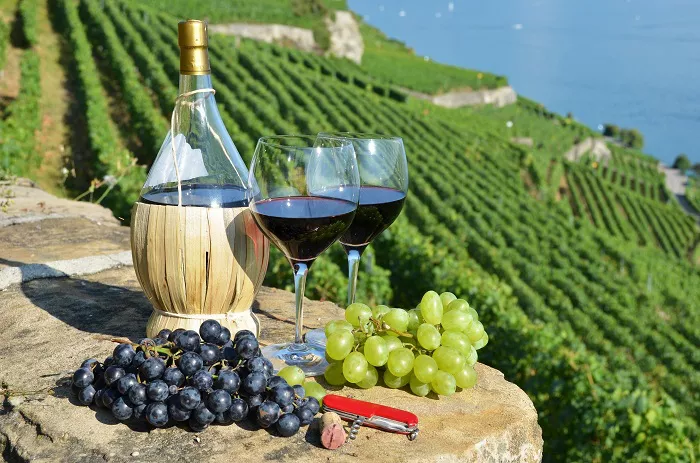The term “old vines” often appears on wine labels, signifying a special vineyard or plot. But what exactly does this term mean, and how does the age of a vine impact the wine produced? Whether referred to as vielles vignes, viñas viejas, vigne vecchie, or alte ruben, the concept remains the same: the vines used for these wines have been around longer than most others in the vineyard.
The definition of “old vines” varies depending on region, grape variety, and local traditions. For example, some regions might consider vines that are 35 years old to be “old,” while others may require vines to be 50 years or older. Sarah Abbott, Master of Wine and co-founder of the Old Vine Conference, explains that while the specifics can differ, there is a general consensus that vine age contributes significantly to wine quality and should be acknowledged.
One universal truth is that older vines enhance the flavor and complexity of wine. Fabrice Brunel, owner of Domaine André Brunel in Châteauneuf-du-Pape, produces Cuvée Centenaire, a wine made from Grenache and Mourvedre grapes sourced from vines averaging 130 years old. The wine, which celebrates the 100th anniversary of the Farguerol plot, is described by Brunel as being more complex, structured, and deeper, with a longer finish. He attributes these qualities to the vineyard’s clay soils, which retain water and help the vines survive long, dry summers.
Old vines typically have lower yields, meaning fewer grapes per vine. This leads to greater concentration in the wine’s flavor. At Alto Moncayo in Spain’s Campo de Borja region, winemaker Miguel Sanmartin works with vines ranging from 30 to 100 years old. Sanmartin produces three premium wines, each made from grapes harvested from older vines. He notes that the wines have softer tannins, greater roundness, and enhanced complexity, with a well-integrated acidity that supports their ability to age well in the bottle.
Older vines also require specialized care. In Chile’s Clos Apalta vineyard, where vines range from 1907 to 1980, technical director Andrea Leon emphasizes the importance of pruning to maintain each vine’s unique structure. The older vines at Clos Apalta are adapted to the vineyard’s conditions and require minimal intervention. Leon aims to preserve the vineyard’s character, using gentle methods to create wines that are elegant, balanced, and aromatic.
In Mendoza, Argentina, winemaker Rodrigo Romero relies on 70-year-old vines for the Pascual Toso Alta Cabernet Sauvignon, a wine celebrated for its depth and complexity. Romero points out that older vines provide mature tannins and acidity, essential elements for creating wines with aging potential.
While old vines can be found worldwide, their significance is becoming more recognized. Abbott’s Old Vine Conference spans over 20 countries, from South Africa and Australia to France and the United States. While there is no global standard for what constitutes “old” vines, some regions are establishing their own criteria. In South Africa, for instance, the Old Vine Project sets the threshold at 35 years.
In the United States, the Lodi region in California boasts some of the oldest Zinfandel vines, with Ironstone Vineyards cultivating grapes from a plot planted in 1909. The resulting Ironstone Lodi Rous Vineyard Reserve Ancient Vine Zinfandel is known for its floral and nuanced characteristics, showcasing the influence of both ancient vines and the region’s sandy soils.
The root systems of old vines are another key factor in their resilience. As their roots grow deeper into the soil, older vines are better able to withstand droughts and unpredictable weather. These deep-rooted plants have already adapted to the vineyard’s specific conditions, allowing them to continue thriving despite challenges. Abbott highlights that old vines also have cultural significance, as they are often passed down through generations, serving as a connection to the vineyard’s history and heritage.
In addition to their contribution to wine quality, old vines are revered for their resilience and historical value. Their thick, gnarled appearance symbolizes endurance, making them an emblem of both tradition and the passage of time in the winemaking process.
You Might Be Interested In:


